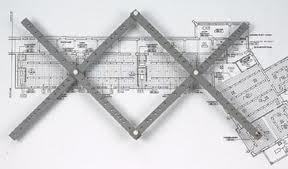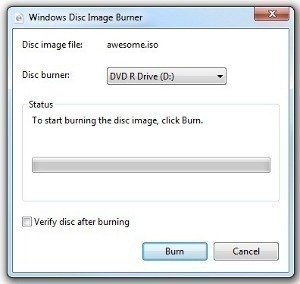A pantograph is a mechanical device that is made of links. It bends in order to allow a user to draw an image while simultaneously drawing two or more copies of it. Pantographs can also make smaller or larger copies of an original drawing. They have been used for over four hundred years and have many purposes, although their use in modern times is generally restricted to purely mechanical applications.
How Pantographs Work
Pantographs are made of metal or plastic linking pegs and are affixed with pencils, pens, or other writing utensils. Due to each writing utensil’s placement, two or more lines may be drawn with each stroke of the pantograph. This means that when a user draws an image with a pantograph, two or more copies of varying sizes may be created at the same time.
Applications
Pantographs were originally used for drafting purposes in order to copy a blueprint/design or to make it either larger or smaller. They are also used as polygraphs in order to duplicate entire manuscripts or other documents while the original is being written. A pantograph mirror is one that is mounted on a wall and is capable of being extended or retracted based on the pantograph’s mechanical aspects. In modern times, children use pantographs as toys.
Advantages
Pantographs can produce copies of an original sketch, drawing, line, or text while the original is being drawn. They make both larger and smaller copies of an image. Pantographs are strictly mechanical in nature and are not dependent on electricity or digital equipment. They are also small and provide mechanical support for a number of other devices.
Disadvantages
Although pantographs are advantageous, they also have several disadvantages. Pantographs are outdated as more modern duplication techniques such as photocopying, mass printing, and digital filing have been developed. They can also be difficult to use as their design does not allow users to properly grip an actual writing utensil.




saurav vishwakarma
This detail about pantograph is much suitable to understand ..
Akanchha Sonkar
Ur information on pantograph is brief but to the point and uderstable….